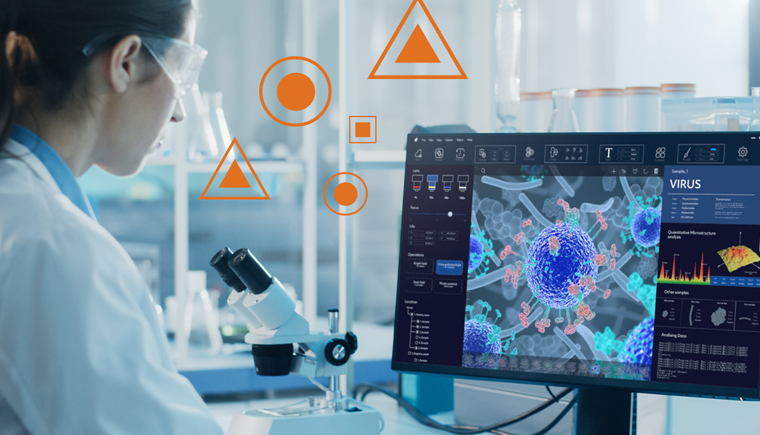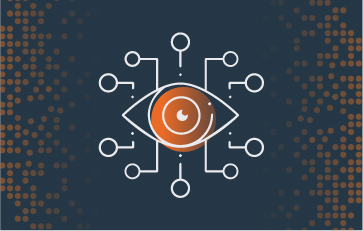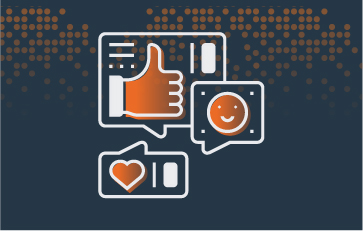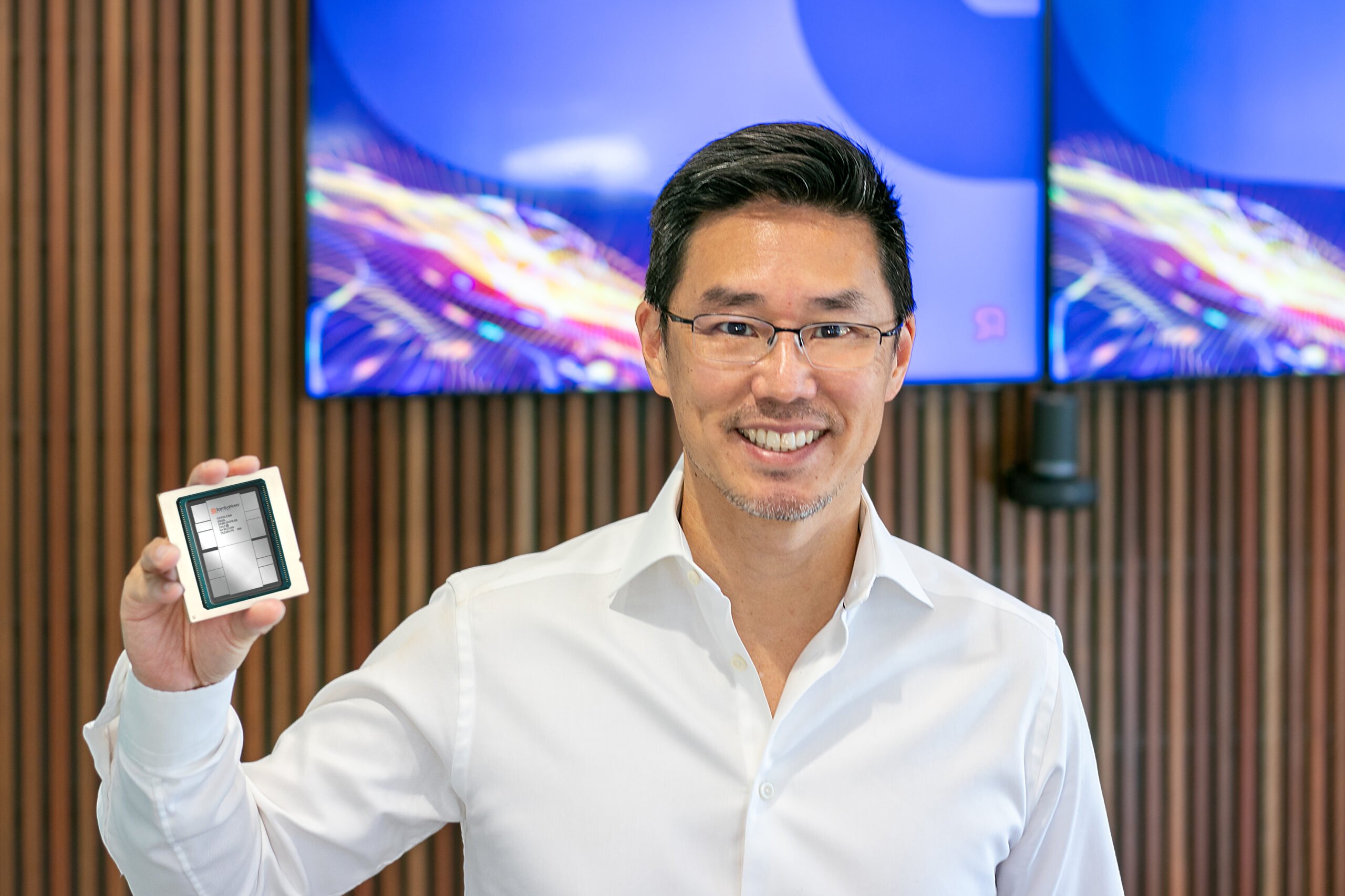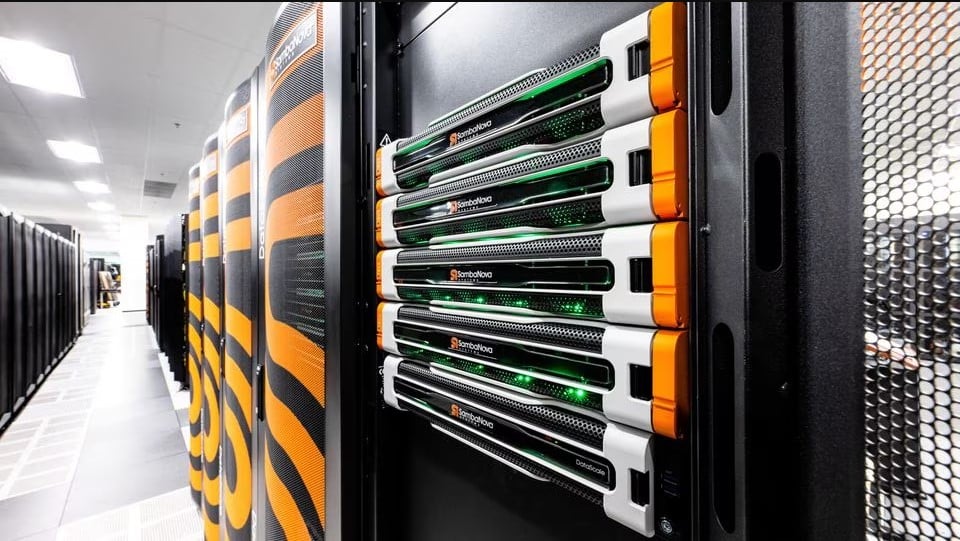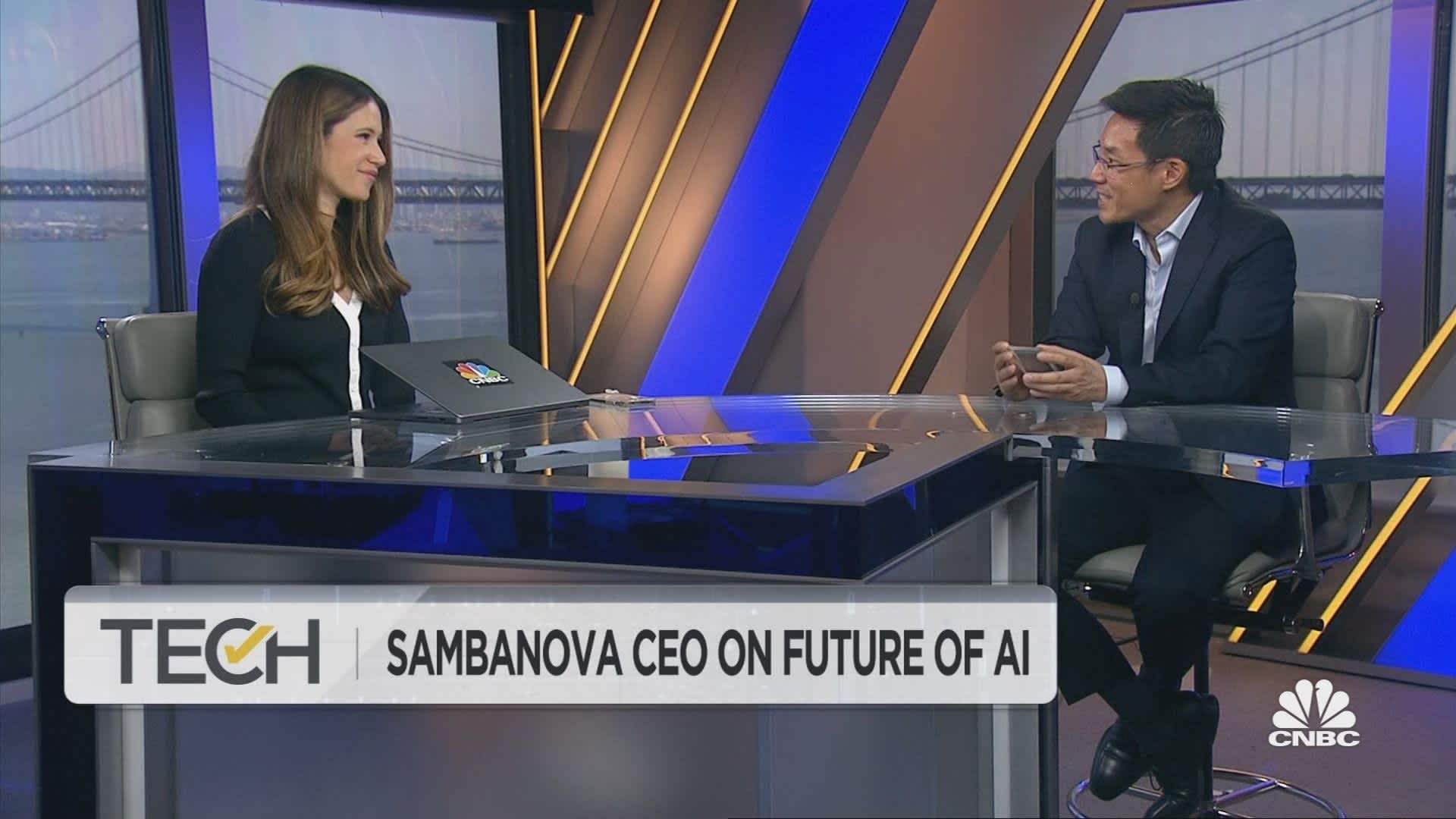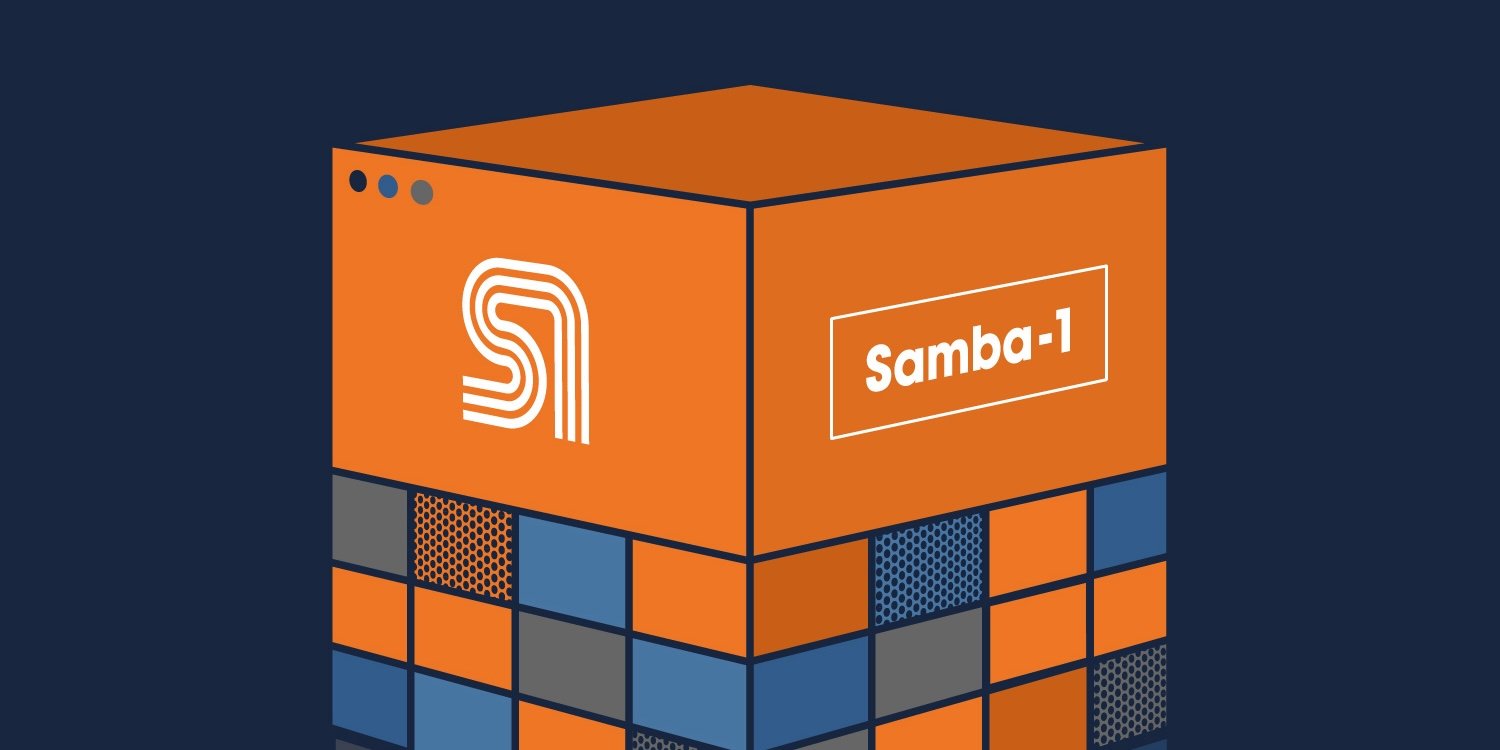Products
SambaNova’s AI platform is the technology backbone for the next decade of AI innovation. Customers are turning to SambaNova to quickly deploy state-of-the-art AI and deep learning capabilities that help them outcompete their peers.
The only, enterprise grade full stack platform, purpose built for generative AI
The platform for generative AI development and innovation.
Use Cases
Technology
Power the most demanding generative and agentic AI workloads with the most performant & capable processor, purpose-built for AI
Easily run your custom models, accelerate discovery, & power the next generation of high performance computing
Unlock the power of agentic AI with the only platform that can run multiple models on a single, highly efficient system with lighting fast inference
Developers
Supercharge your AI-powered applications across Llama 3 8B, 70B, & 405B models.
For free.
For free.
Developers are building the next wave of AI with SambaNova. See how.
Our program tailored to support early-stage startups in achieving breakthrough AI innovation.
Developer Resources
Resources
Find what you need to accelerate your AI journey.
About
Customers are turning to SambaNova to quickly deploy state-of-the-art AI capabilities to gain competitive advantage. Our purpose-built enterprise-scale AI platform is the technology backbone for the next generation of AI computing. We power the foundation models that unlock the valuable business insights trapped in data.
-
ProductsSambaNova’s AI platform is the technology backbone for the next decade of AI innovation. Customers are turning to SambaNova to quickly deploy state-of-the-art AI and deep learning capabilities that help them outcompete their peers.The only, enterprise grade full stack platform, purpose built for generative AIThe platform for generative AI development and innovationUse CasesTechnologyPower the most demanding generative and agentic AI workloads with the most performant & capable processor, purpose-built for AIEasily run your custom models, accelerate discovery, & power the next generation of high performance computingUnlock the power of agentic AI with the only platform that can run multiple models on a single, highly efficient system with lighting fast inference
-
DevelopersSupercharge your AI-powered applications across Llama 3 8B, 70B, & 405B models. For free.Developers are building the next wave of AI with SambaNova. See how.Our program tailored to support early-stage startups in achieving breakthrough AI innovation.Resources
-
ResourcesFind what you need to accelerate your AI journey.
-
AboutCustomers are turning to SambaNova to quickly deploy state-of-the-art AI capabilities to gain competitive advantage. Our purpose-built enterprise-scale AI platform is the technology backbone for the next generation of AI computing. We power the foundation models that unlock the valuable business insights trapped in data.
- Support
- Contact Us




